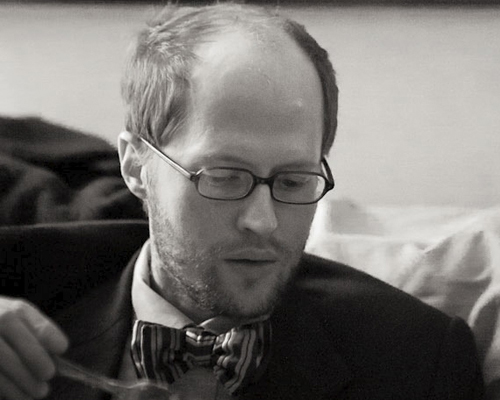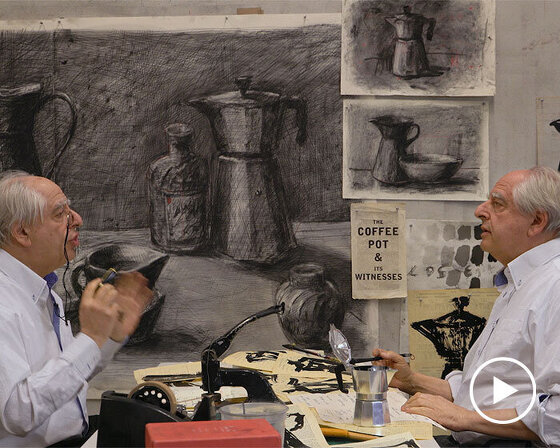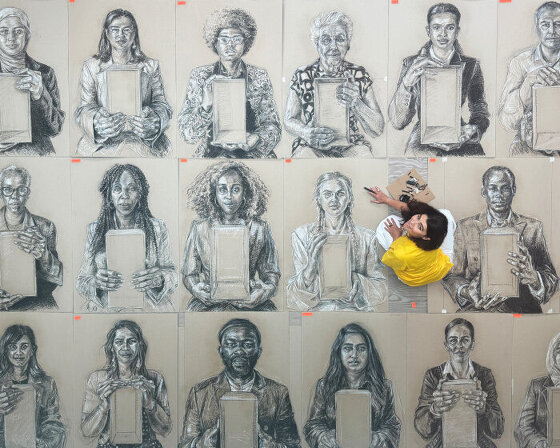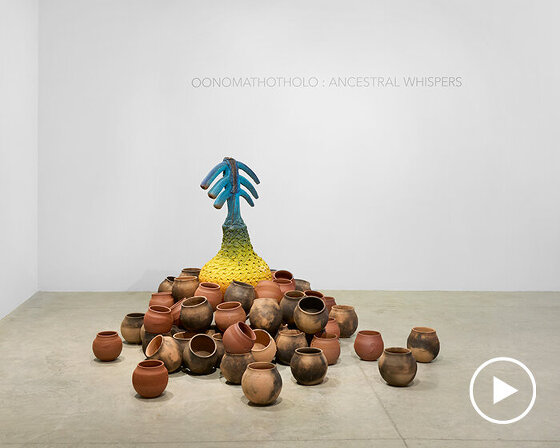eric chase anderson interview
photo by emanuele della valle
designboom recently spoke to the american illustrator and writer eric chase anderson about his work and influences.
DB: please could you tell us briefly about your background and career thus far?
ECA: I grew up in houston, texas. I have written stories since I was a child but in college I wanted to be a movie director. movies have always been very important to me. my best work arose from the challenge of making up a story centered almost exclusively on a pair of white coveralls. it ended up as a super-8 film with narration and music that was about an alien visiting new york. he was a kind of lovable immigrant identifiable by his white coveralls and silent, since it was a silent movie. over the course of the story he spots a fellow alien, also identified by white coveralls. the story was very uplifting, very hopeful and upbeat, although I can’t remember the moral of the story. after college, I went to columbia university film school but I only stayed there a single semester. I had some wonderful professors but I learned that I don’t like having a lot of conversations in order to work on a story. while I love movies, I didn’t love the feeling I had making them. but stories are what I live for, and I veered into writing more seriously at that point. after columbia I spent some time house-sitting in a variety of settings on the east coast but always writing and, crucially, making my first maps.
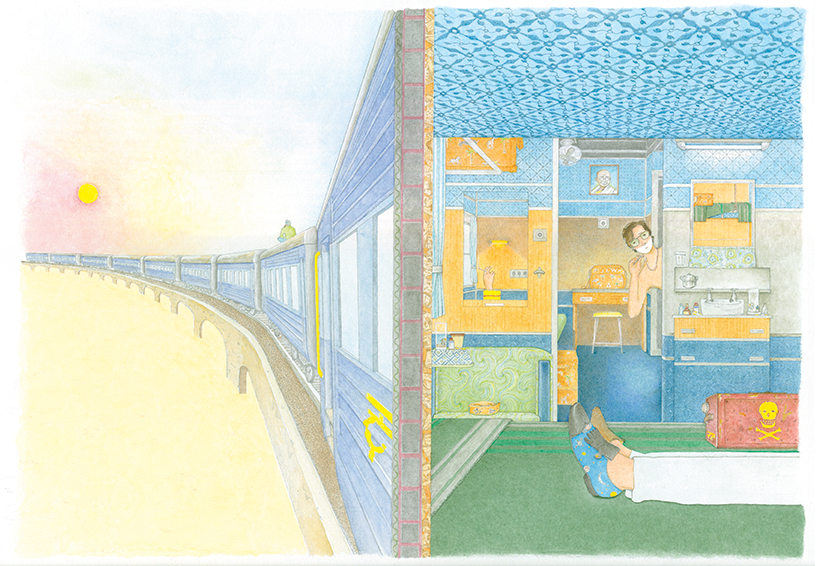
darjeeling limited illustration for the criterion DVD collection
DB: how did maps come to be such an important part of your work?
ECA: my interest in maps came about by pure accident. one day (during my house-sitting phase) I walked past a flower shop, where, in the window, I came upon a singularly beautiful historical survey map. all the local streets and houses were meticulously drawn and labeled. it was a purely functional artifact, probably used by real estate folks and developers. it’s not an over-statement to say that I was mesmerized. maybe because this map perfectly illustrated that beautiful idea that ‘form should follow function’. there was literally no ‘personality’ detectable in it. and the lack of ego really captured my attention.
another aspect of the experience was that I happened to be standing within the boundaries of the map when I saw it. it was very ‘meta’. while staring at the map, I had a rush of memories of all the books I’d loved as a kid. so many of which had had maps at the start. maps to prepare you for the adventure, to kick-start your imagination, to guide you on your way, to refer back to, and to give you a sense of what you might be in for. sometimes even suggesting imaginary places which existed on the map but fell outside the plot. places where the characters never ended up going. those unexplored territories were tantalizing in their own way…
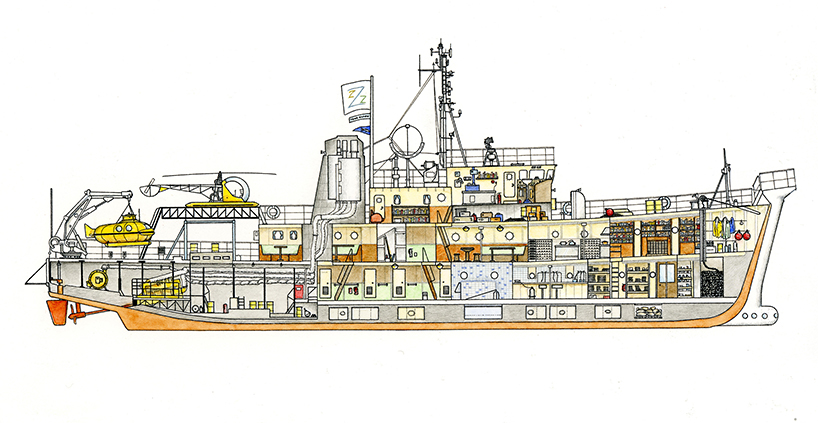
illustration for the ‘life aquatic’ criterion DVD
… the experience broke loose all kinds of ideas and feelings, all of them centered on storytelling and the mystery of how and when it works. it was a key inspiration-point at a time when I was really struggling to get a grip on storytelling and how to do it properly, with control, and yet creating a real, genuine spark.
after witnessing ‘the miracle of the survey map’ I was in kind of a stupor. not quite sure what I was doing, I caught the bus to a toy store, the one place I knew of that sold art supplies. all I could think was that the novel I’d been working on – and struggling with – needed a map. I felt like I’d unlocked the secret.
subsequently I made many maps for that story before putting away the manuscript. the maps turned out better than the novel. as I continued writing, the map making kept improving and leading to interesting opportunities – and before I knew it, I was an illustrator.
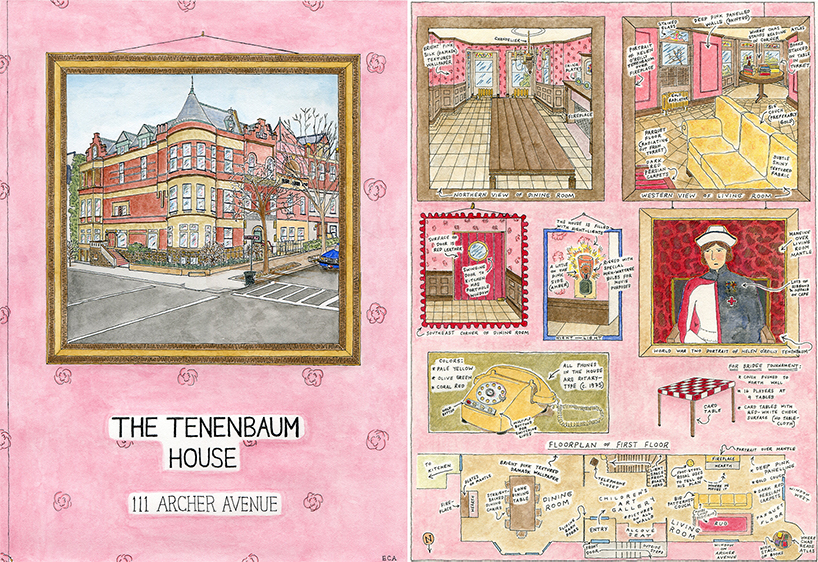
pages from the royal tenenbaums production design booklet
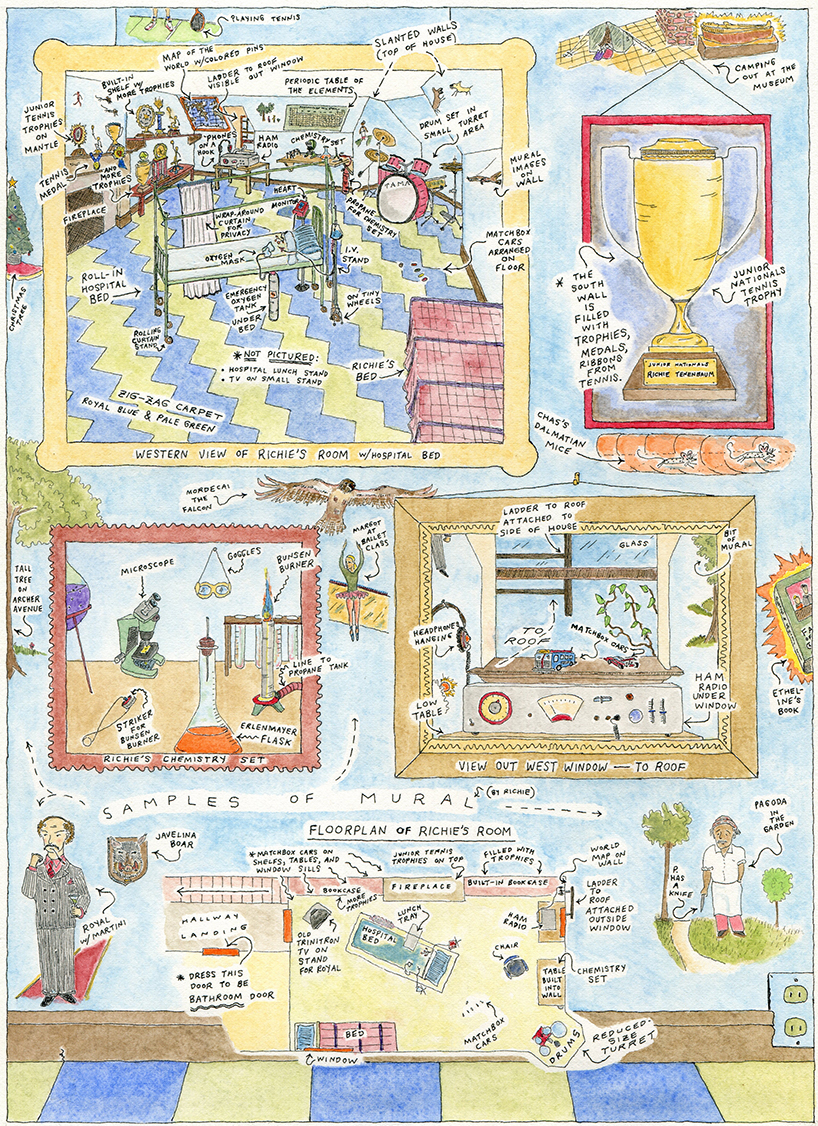
DB: you often collaborate with your brother wes, how long have you been working together?
ECA: well, I started ‘working’ on my brother’s movies when I was probably nine years old! but it was only when I’d begun making maps that he started soliciting ideas and help from me as an illustrator. it’s been very helpful to him to have somebody he’s known for so long as one of the tools in making his movies. however, he’s so tuned in to his own vision, when you work on one of his movies you kind of naturally offer up your autonomous artistic spirit in the process. that can be liberating and gratifying in its own way, for sure, but following my own lights is probably what I’m built for and more suited to in the long run.
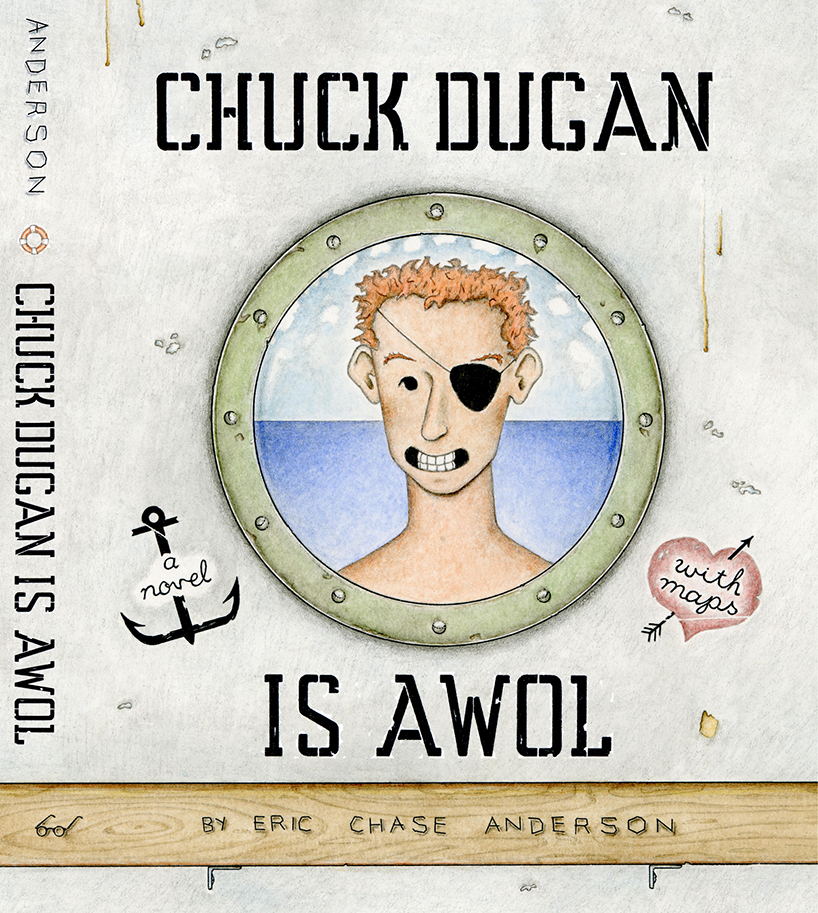
book cover for chuck dugan is AWOL
DB: what has been your most satisfying project to date?
ECA: working on my book ‘chuck dugan is AWOL‘ was the most gratifying experience I’ve had. it was especially meaningful for me because I was finally immersing myself in a story that also had the map aspect to it that I love so much. the story and imagery were exerting their own unique pull as it came to life, creating unforeseen tensions and many unexpected opportunities. in a bid to grab the attention of young readers, I put a map at the start of every single chapter instead of just at the start of the book. I assumed this would blow the collective minds of the world’s eleven year olds. however, in a frustrating turn of fate the book was never marketed to the eleven year olds I’d made it for.
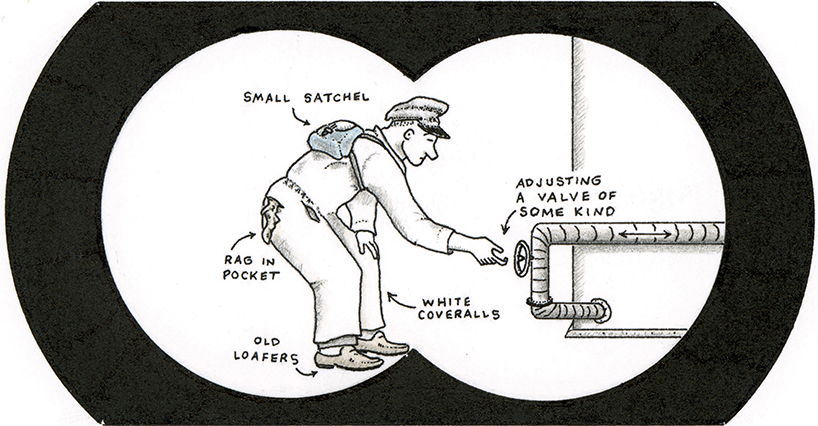
various illustrations from chuck dugan is AWOL…
DB: how does working on a book compare to working on a movie?
ECA: I’ve never worked on a feature movie that I wrote myself, so it’s not an easy comparison to make. with my books I’m the author and illustrator. so when it starts coming to life (IF it comes to life) a book feels like a kind of insanely precious, secret experiment is underway. when the thing comes to life: that is when the excitement gets serious. if you feel like you have several of these secret projects hidden somewhere inside you, it is very difficult to find happiness doing anything else. I firmly believe being a writer is about being a certain kind of person. unless you’re more or less built for it, it will be disagreeable and result in great conflict. it’s a totally private experience – so that’s certainly one difference between working on a book and working on a movie.
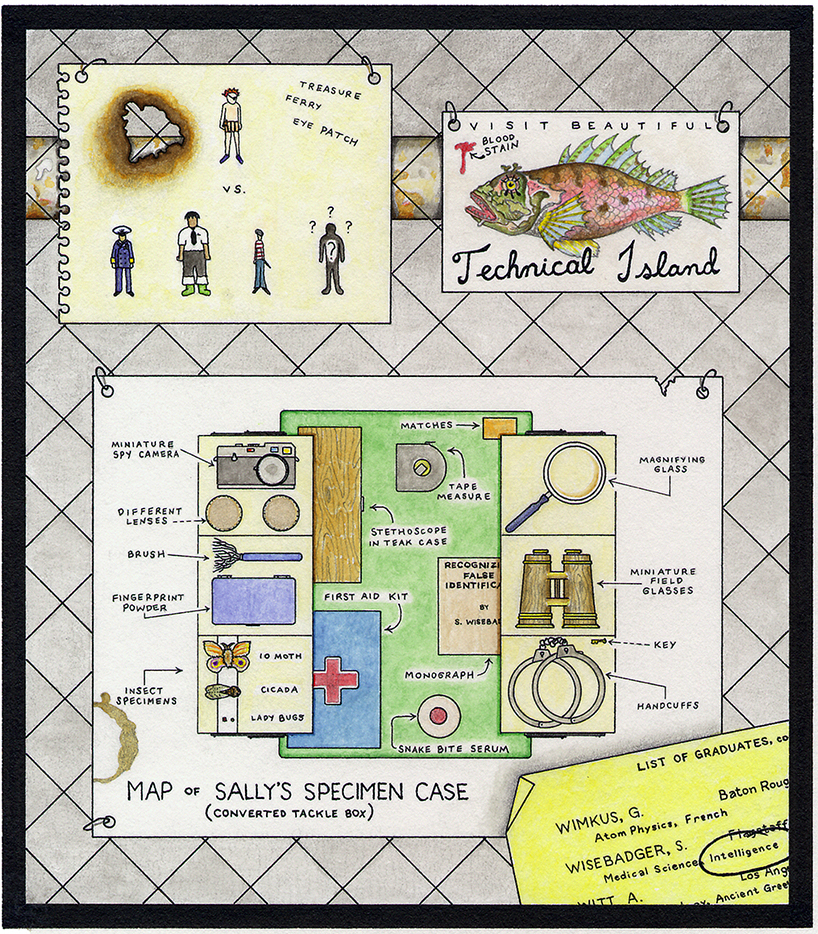
DB: have you ever animated your illustrations?
ECA: I’ve never animated my own illustrations. the idea of doing many iterations of the same drawing with incremental changes seems almost like cruel, unusual punishment. I try to approach a drawing by asking what it can give the reader that the text doesn’t? I’m interested in exploring what the textual story is not able to provide the reader. documents, a different understanding of the setting, photographs, letters, newspapers – things that are otherwise dull or merely absent from the story. for another thing, I’m not that good at sheer draftsmanship. I do not have great facility for drawing the human form in all of its infinite variety. I really need to focus and study to pull off that sort of thing. nevertheless, I would love to see my illustrations animated – partly just because I use old-fashioned art supplies, and I wish modern animation would occasionally have that old-fashioned look.
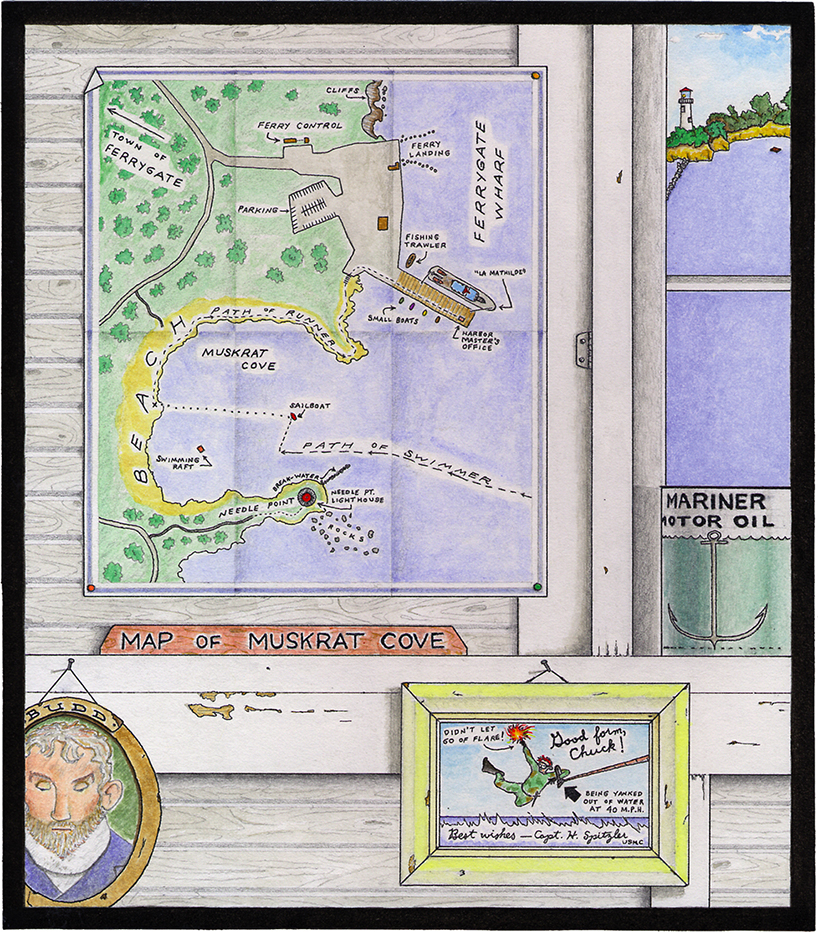
DB: what or who has had the biggest influence on your work?
ECA: my family certainly was a big influence on me. my father was a geologist and draftsman for a texas oil company in the early 60s, and I got my love of tiny, neat writing and labeling things from him, as well as an affinity for maps. my mother was a painter whose oil portraits were all around me growing up. of course both of my older brothers influenced the stories and kinds of imaginary experiences I was exposed to and liked.
but my biggest influence as an illustrator and storyteller is walt disney. he is if anything in my book, an underrated storyteller/artist. to me, he’s focused completely on impact. all he cares about is how is this going to work on the viewer? his philosophy and mission is to be the stand-in for the viewer before a thing is made. so he’s focused on clarity and emotion and speed and pleasure and the whole symphonic experience of the story. as opposed to, say, making a totally faithful adaptation of kipling. this is what a storyteller should be like, a kind of advance team for the viewer/reader.
during the period in my early twenties when I was starting to do more writing (at the same time when I re-captured my love of maps in stories) I also started watching the movies I’d loved as a kid again. I’d sort of forgotten most of them. it was good timing, because I was finally out of the educational system, free from critique and judgment. I was just immersing myself in the works, free to embrace and love them on their own and to scrutinize what it was they were doing, how they were made, and why they worked. re-visiting the great works of your childhood is maybe a good thing for anyone to do who’s interested in stories and illustrating.
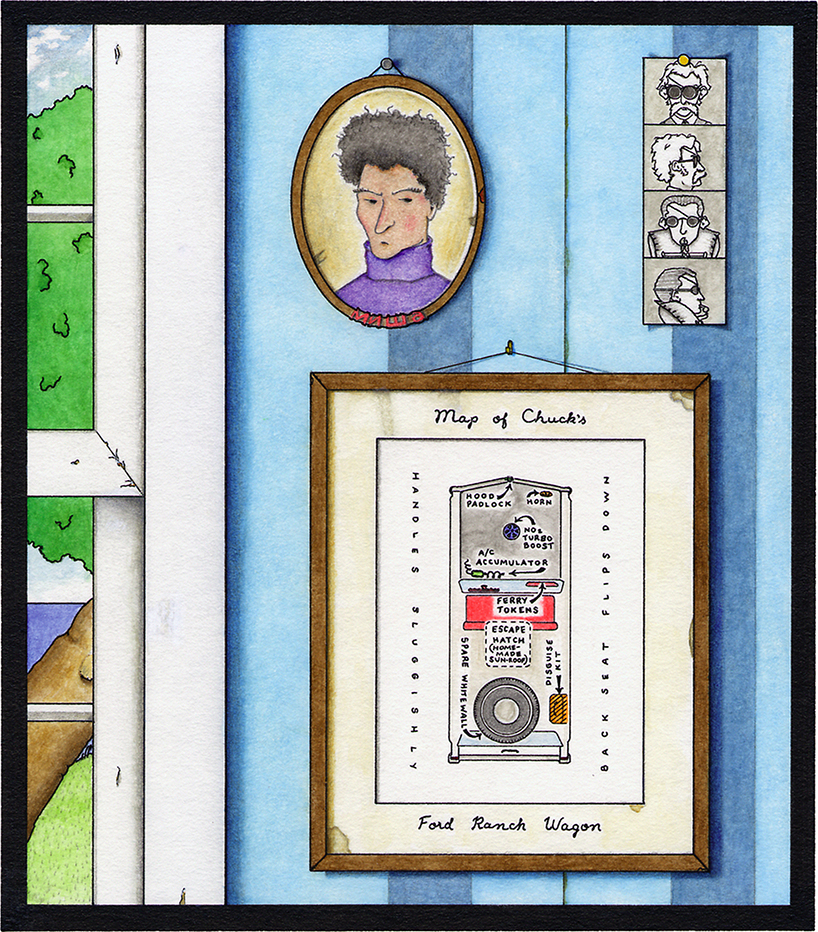
DB: was there a particular disney film that stood out to you?
ECA: of paramount importance was ‘101 dalmatians’. that movie made me want to move to london, so completely beguiling was the world it conjured out of color and music and its own sense of mood and fun. the opening credits alone were enough to make me want to pack my bags!
great effort is required to create a real sense of ‘the world’ in a story. it’s much harder to create a baseline reality experience than it is to create something completely artificial or fanciful. so in some ways it’s the ‘dull’ parts of a movie like 101 dalmatians that I find so gratifying and enjoyable.
there’s just a kind of generosity of spirit in how living beings are created and captured in the disney animated movies. so many different expressions, with long arms and legs, and such fluidity of movement and life.
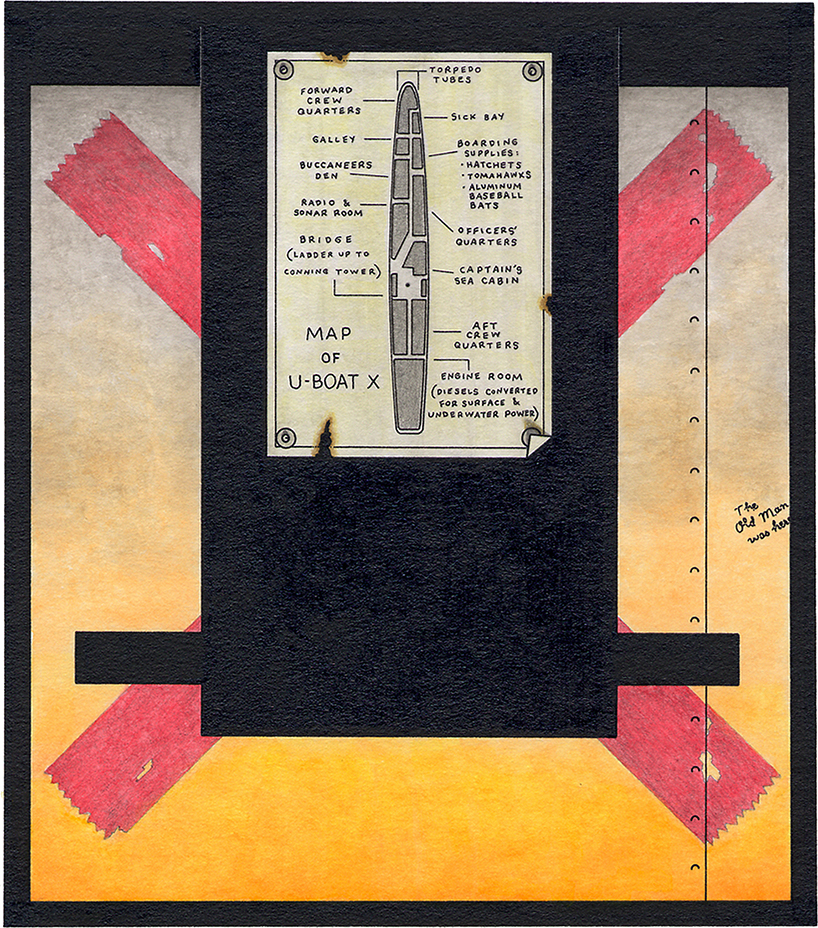
DB: which materials do you enjoy working with the most?
ECA: I like the old materials, because they give me a sense of making something practical, I.E. un-virtual. I love my illustration board (bainbridge #80, double-thick.) I love my drafting pencils (sanford 0.3mm with a hard lead.) I’ve most often used winsor & newton gouache paint for color, painting it on really thinly with more water than paint, which is traditionally a no-no. and lately I’ve been using colored pencils more.
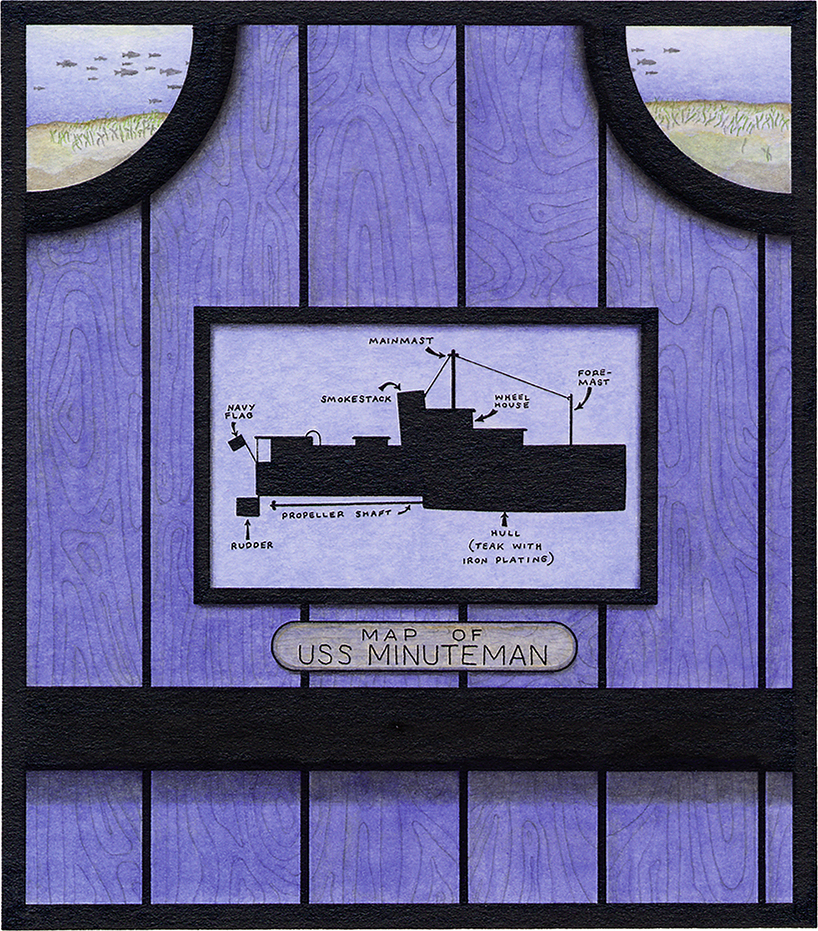
DB: is there any materials or techniques you’d like to explore further?
ECA: oil paints. I’ve only ever used them for three small paintings, all on the royal tenenbaums. it was such an unexpected medium, this kind of formless, colored glue. for somebody like myself who doesn’t have any training, it was a very alien medium but I would like to try it again.
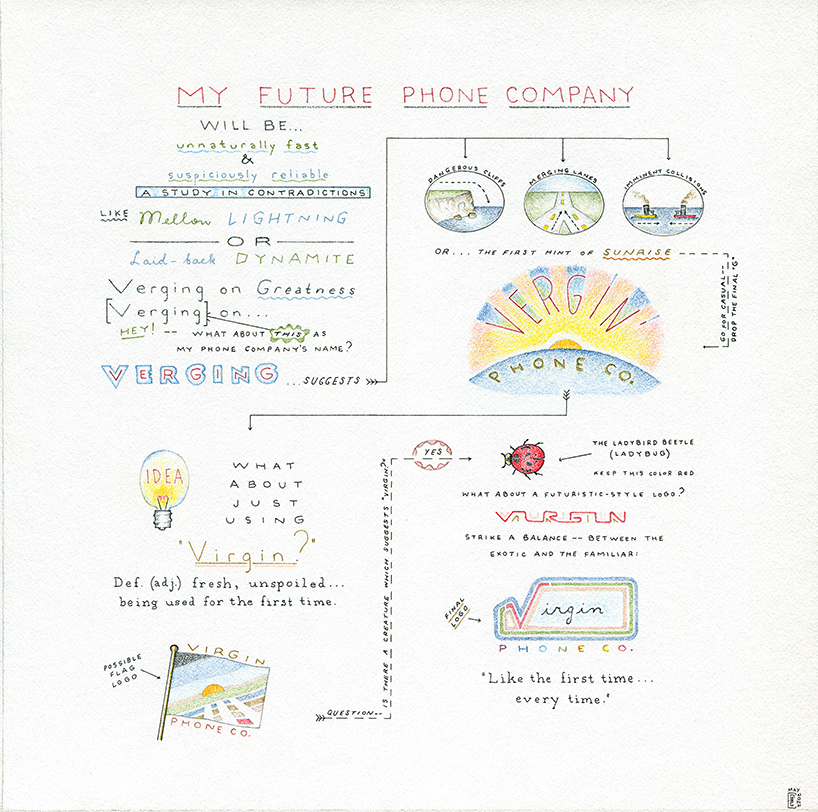
illustrations for virgin mobile campaign ‘young richard branson’s dream journal’
DB: besides your professional work, what do you have a passion for?
ECA: I suppose I have an armchair enthusiast’s passion for home design. within my own homes that is. I’ve gradually started taking more and more time and trouble to reinvent them and transform them into spaces that I can live and work in, and truly love. various skills come into play, including spatial planning, carpentry, color design, textile decisions, lighting, sound, and all kinds of other things. the goal is to create a place that’s great for work. I find it more and more gratifying and pleasurable to modify or flat-out create the conditions to satisfy that requirement from scratch. it’s a quiet process that I like to do myself, with my own hands. and a lot of the time, as with a drawing, you’re not even sure what you’re doing 100% of the time.
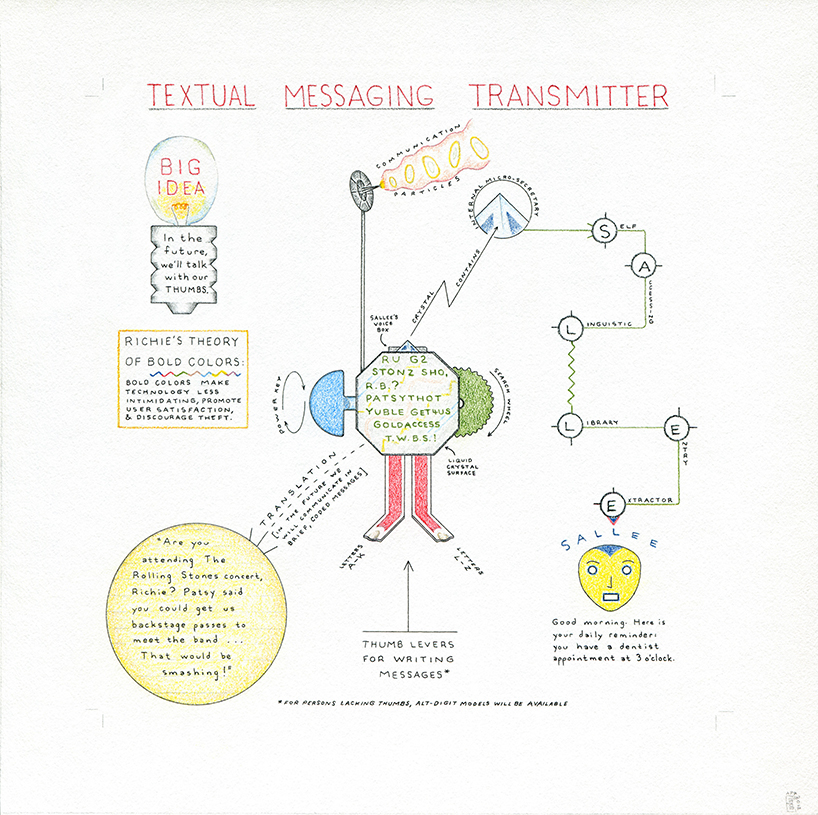
DB: do you have any superstitious beliefs?
ECA: I don’t know if I consider them ‘beliefs’ but I finally just got rid of a lifelong, knee-jerk hostility to anything vaguely new age. I have a small collection of more or less sacred, or otherwise significant, stones which I’ve ‘blessed’ in private ceremonies, the details of which I have no interest in sharing with the world.
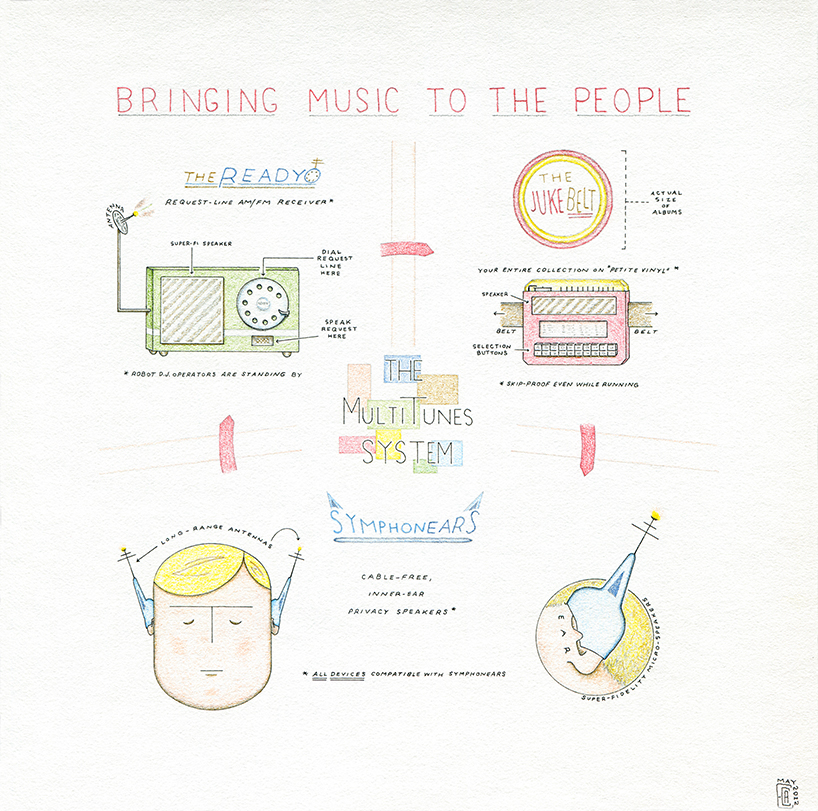
DB: what’s your most prized possession?
ECA: without a doubt it’s my long-since-obsolete sanford mechanical drafting pencil with the 0.5mm lead. this is my pencil for writing, for taking notes and just for living. I’ve had it for fourteen years. it hasn’t been manufactured in probably ten years. one time, I met this very nice girl at a printing business in new york. I asked about the ring she was wearing, since something about it seemed unusual. she told me it was a ‘promise ring’ – not as in ‘promise to remain a virgin’ or anything like that. she wore it as a reminder to avoid all kinds of pitfalls in her life. not wanting to leave her feeling isolated or as if that was something uncool, I immediately grabbed the sanford out of my shirt pocket and told her I had something similar: I myself carried a ‘promise pencil’.
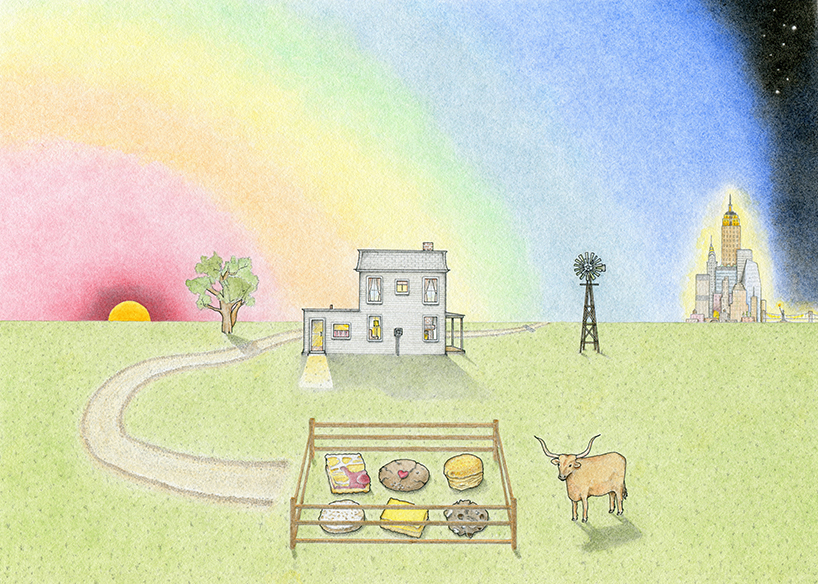
baker ranch
DB: what advice would you give to any aspiring illustrators?
ECA: to pay more attention to things that you do half-consciously. I know that sounds like a paradox but many of the things that I ended up being the most interested in and that carry the most meaning to me were things that I found myself doing without really giving much thought to. I sometimes compare it to the spirit of giving christmas presents (not that I give thoughtless presents). rather, some of my earliest maps were made exclusively to be gifts, but making them led to new ideas. working in a way where you are taking the ego out of it can be a much sturdier mindset to build with. practically speaking, I suppose it means kind of turning down the volume of outside advisers or critics and tuning in to the things that give you personal or private joy.
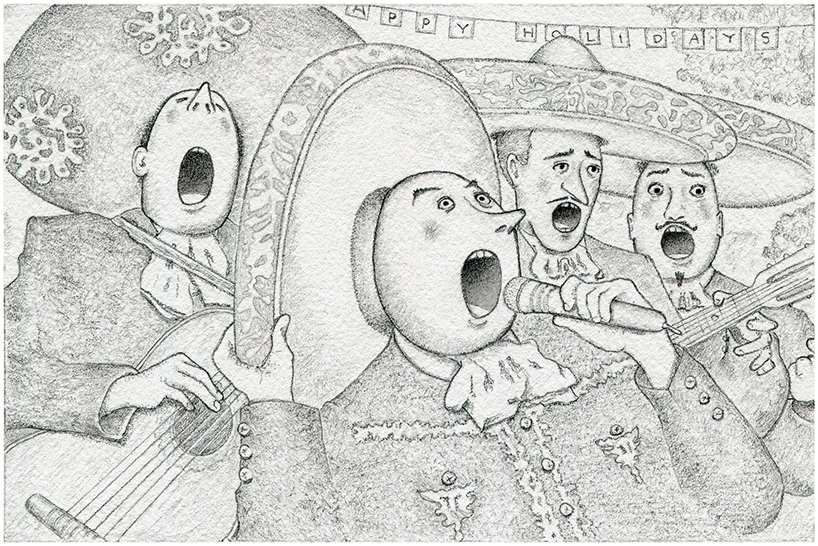
happy holidays
graphic studio interviews (193)
PRODUCT LIBRARY
a diverse digital database that acts as a valuable guide in gaining insight and information about a product directly from the manufacturer, and serves as a rich reference point in developing a project or scheme.
